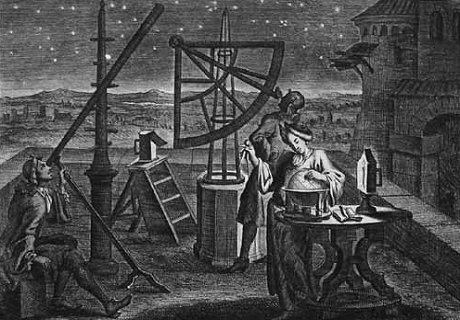
| 10 - Measuring Select Objects |
 |
Here is this activity as published on the Astronomical League observing program page. The links go to pages where the activity has been started or completed. Red bullets indicate completed activity.
"10. Measuring: Use your astrolabe, quadrant and
cross-staff to measure (pick the tool which you think is best for the task):
• pick a star and measure how far it moves in an hour,
• how far the moon moves versus a star you choose in an hour,
• angular diameter of the moon, (is your instrument precise enough to do this?)
• the two diagonals of the Great Square, (is it really a square?)
• the azimuth of the rising full moon for three months in succession
• the altitude of the full moon one hour after it rises for three months in
succession
• the angle(s) between the following:
• Betelgeuse and Rigel
• Castor and Pollux
•
The three stars in the Summer Triangle
• two planets at conjunction
• Venus and the Sun
monthly for ½ a cycle from when it first appears in the evening (or morning) sky
until it disappears about ten months later. Plan your observation for just after
the Sun sets (or before it rises in the morning). Don’t look directly at the
Sun. Wait until it just dips below the horizon
Many amateur astronomers use their fists (10
degrees), three fingers (5 degrees), and a pinky finger (1degree) to estimated
angular distances in the sky. Do you find that these earlier instruments give
equal or better measures"
A note on "expected" values: In several of these
activites I have compared the expected angle of separation with the value that I
measured experimentally. Unless noted, the expected or predicted values are derived
from the Stellarium Angle Tool plugin.
--
Astronomy Before the Telescope page --
-- Binocrane Home Page --